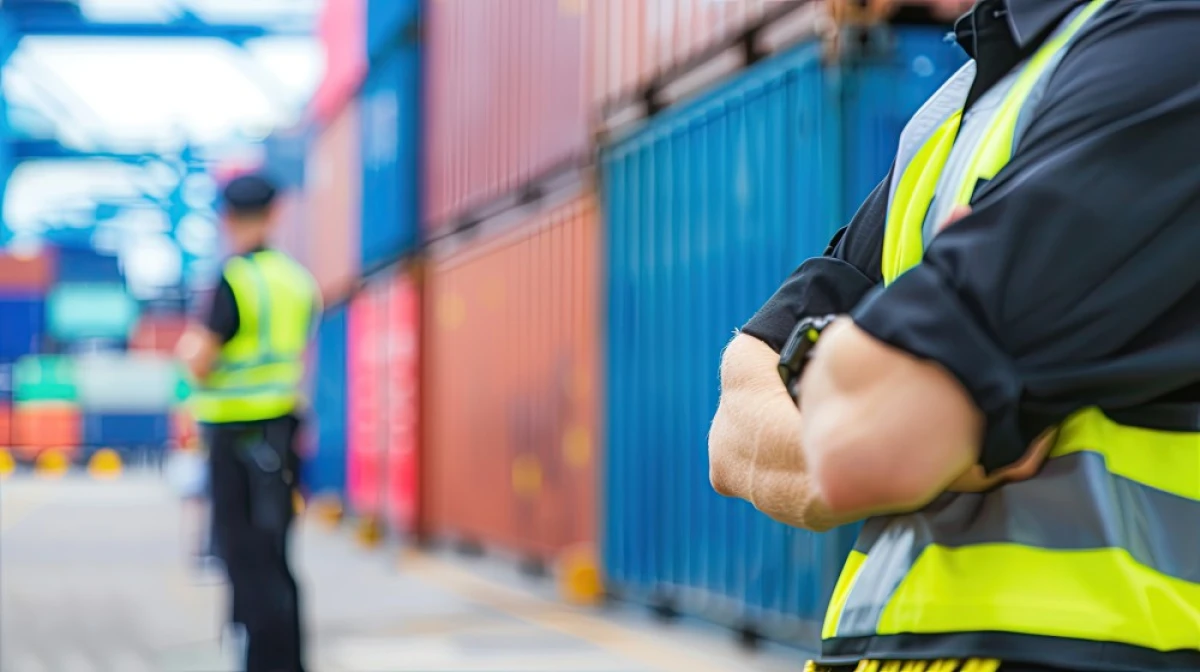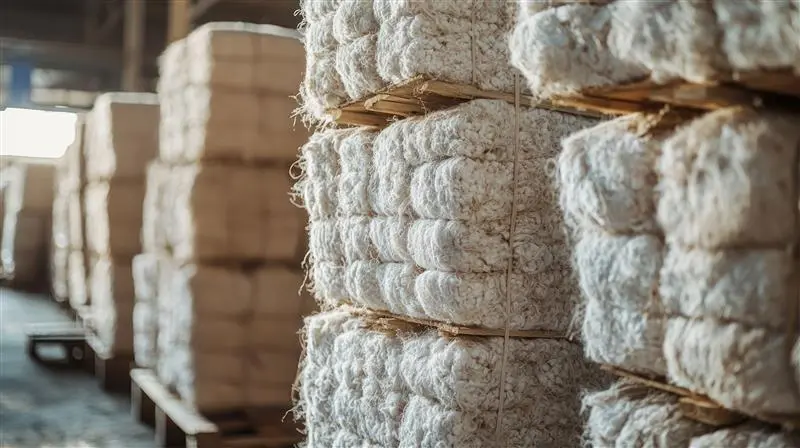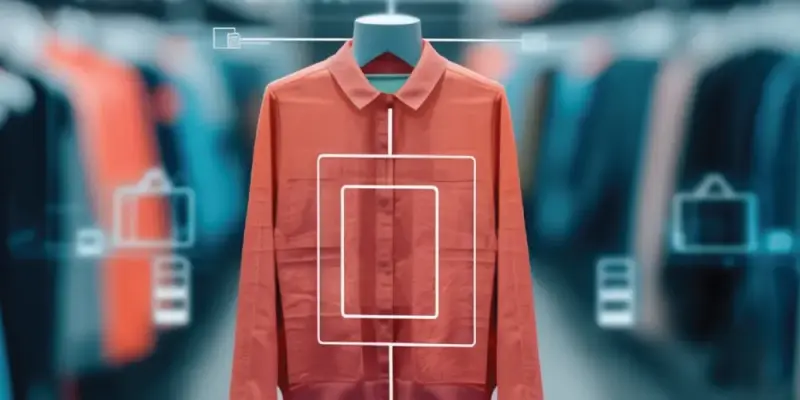Building Traceability That Stands Up to U.S. Enforcement
By Ana Hinojosa | 10 October 2025
minutes to read.

A flurry of trade and tariff changes has created stronger incentives to mis-declare origin or disguise supply chains, and government agencies are keenly aware of this reality. In response, they have moved from a posture of guidance to one of strict enforcement.
The incentives for people willing to bend the rules are high, but the stakes and consequences for doing so are much higher.
U.S. Customs and Border Protection (CBP) has been very clear that there is more oversight on the declarations importers are presenting, and the Department of Justice (DOJ) has established a cross-agency Trade Fraud Task Force to pursue tariff violators, smugglers, and importers and other parties who seek to defraud the United States.
Companies that have a strong traceability that includes objective, independent proof, not promises, are better positioned to withstand enforcement.
Broader enforcement across trade
Forced labor enforcement continues to be a central focus. The Uyghur Forced Labor Prevention Act (UFLPA) is being actively enforced, and as responsible businesses, all importers have a duty to ensure they are not importing goods produced with forced labor.
DOJ’s establishment of the Task Force is a signal of increased enforcement action against trade fraud and tariff evasion. DOJ has encouraged whistleblowers to come forward under the False Claims Act to report unfair trade and practices, which means competitors, employees, and even customers can trigger investigations.
Illegal transshipment is another growing risk. While moving goods through other countries can be legitimate, CBP is focused on illegal transshipment where the purpose of moving goods or parts through other countries to hide their processing to claim a non-earned tariff benefit or avoid requirements that would apply if the full, correct information was known.
Rules of origin will tighten as well. Companies can expect stricter content restrictions in future free-trade agreements and stricter review of eligibility for claims under agreements like United States-Mexico-Canada Agreement (USMCA). Manufacturing in Mexico, Vietnam, or Cambodia owned by third-country interests does not go unnoticed. Tariff engineering or tariff structuring is legal as long as what you are doing is accurate but not if you are simply putting a different name on the same operation.
CF-28, a request form for information from Customs, has traditionally been used for routine matters like questions about classification or value. But recently, if there is a detention and the information provided is not sufficient to secure release, Customs may issue a CF-28 to ask for further details about the shipment, about the supply chain, or even request a sample of the product to conduct isotopic testing. While some CF-28s still come through as routine inquiries, their use following a detention signals a much deeper examination. If you do not respond adequately to a CF-28 in that context, you are unlikely to get your goods released.
CBP has also set up new isotopic testing labs to actually trace the true origin of a material, not just take someone’s word for it. Their own investment into isotopic testing, reinforced by CBP’s published guidance, shows that it is becoming an increasingly important tool for identifying fraudulent or mislabeled goods.
Documents alone do not carry the same weight. Certificates of origin still require a responsible person within a company to certify that statements are true, but they rarely stand up to scrutiny. Digital transparency and entity-screening tools can help in identifying suppliers and vetting partners against sanctions lists, a critical step for UFLPA compliance, but ultimately the only way to demonstrate that materials in production are what you think they are, is through origin verification.
What stands up under enforcement
Trust but verify
Enforcement agencies have invested in isotopic testing as they recognize that physical verification is necessary to identify irregularities. Companies need to adopt the same mindset: trust your partners but verify that what you are told matches what you receive. Verification changes behavior. When companies use forensic verification technology tools like Oritain and if suppliers know testing is in place, they are less likely to substitute materials or conceal processing.
Set expectations in writing
CBP expects importers to exercise reasonable care by informing suppliers of requirements and holding them (and their suppliers) accountable. Put those expectations in contracts and purchase orders. If you are using forensic verification, inform your supply chain that you are doing so as that disclosure acts as an incentive for them to comply.
Understand the cost of getting it wrong
Do you know what happens when CBP detains your shipment? A detained shipment can take up to four months to release. And in textiles, four months is a season lost. Demurrage, container costs, missed sales can all add up quickly. Most companies who faced detentions have chosen to export the goods rather than wait, even when they thought they had a good claim, due to the detention costs being so high. And that’s for one shipment.
Treat transparency as an insurance policy
Transparency works like insurance, and its value comes from putting it in place before a crisis. Build verification into supply chains to proactively mitigate the risk of back-end issues happening will save you a lot of money in the long run.
Oritain is trusted by leading brands and manufactures across the world for origin verification. For more information on how you can build traceability that stands up to enforcement, contact us today.
Disclaimer: The information provided in this document does not and is not intended to constitute legal advice. Instead, all information presented here is for general informational purposes only. Counsel should be consulted with respect to any particular legal situation.





